There can be your advertisement
300x150
Nebo House by Fuller/Overby Architecture in West Virginia, USA
Project: Nebo House
Architects: Fuller/Overby Architecture
Location: McDowell County, West Virginia, United States
Area: 26,909 sq ft
Year: 2022
Photography by: Paul Warchol
Nebo House by Fuller/Overby Architecture
Nebo House, designed by Fuller/Overby Architecture in the United States, is an impressive home located in the foothills of the Appalachian Mountains. The house is strategically positioned to provide breathtaking views of surrounding mountains and a lake. The design includes a series of eight volumes that contain various components of the home's program, creating a layered and dynamic composition.
The first floor of the house is built into the hillside with south-facing clerestory windows that allow natural light to penetrate inside. The earth surrounding the buried spaces provides thermal mass, reducing the need for excessive heating and cooling. Energy-efficient features such as operable windows, heat pump, insulation, and LED lighting significantly reduce the dwelling's energy consumption.
The house presents a layered, volumetric front that frames distant mountain formations spread across the landscape. Located in the Appalachian foothills, the site is long and narrow with a sharp descent toward the lake. Two retaining walls intersect diagonally across the site, forming a pair of earth courtyards carved out of the steep slope. A cluster of eight volumes, each containing a component of the home's program, is arranged along the lower courtyard's retaining spine, overlooking the lake and mountains beyond.
The first floor of the house is built into the hillside with lake views — southern light penetrates through clerestory windows. Buried everyday spaces are surrounded by earth on three sides, allowing thermal mass to replace a significant portion of the usual heating and cooling load. Strategically placed operable windows for natural airflow, along with a mechanical heat pump system, are complemented by high-efficiency glazing, insulation, appliances, and LED lighting to halve the client's energy consumption compared to their previous local residence.
Designed as a permanent place of residence for retirees with close family members, the space is intended for intimacy for a couple but also provides room for temporary gatherings and large celebrations. All daily programs are located on the lower floor with a central courtyard that functions as an open room and separates the main program into two wings. On the east side of the courtyard are public areas, while on the west side is a private bedroom and bathroom — Day and Night.
The hall, acting as the mechanical and structural axis along the back retaining wall, connects private and public spaces. Larger public areas inside radiate from the courtyard and gradually break down into more intimate niches at the periphery, providing semi-private moments within open living zones. A sculptural projecting staircase crosses up to the entrance and guest rooms above, forming a continuous three-dimensional void with a roof at the top.
Above ground level, the house appears as a cluster of small pavilions along the hillside. Each pavilion is shaped to frame views of the exterior landscape and enhance the changing tones of natural light within. Roof forms direct water to internal drains ending in large conical scuppers that mark the connections between each volume.
Dark charred cypress cladding reinforces the massing of pavilions as opaque volumes placed next to surrounding trees, while the patinated zinc roof resonates with the gray-green lake. At entry points and transitions, concave curves edged in polished amber cypress are carved from the volumes. As the sun moves from the Day side of the house to the Night side, its appearance changes from a group of textured volumes to a flat silhouette against the distant landscape.
–Fuller/Overby Architecture
More articles:
 JD2 Housing | Rui Rosmaninho | Ilio, Portugal
JD2 Housing | Rui Rosmaninho | Ilio, Portugal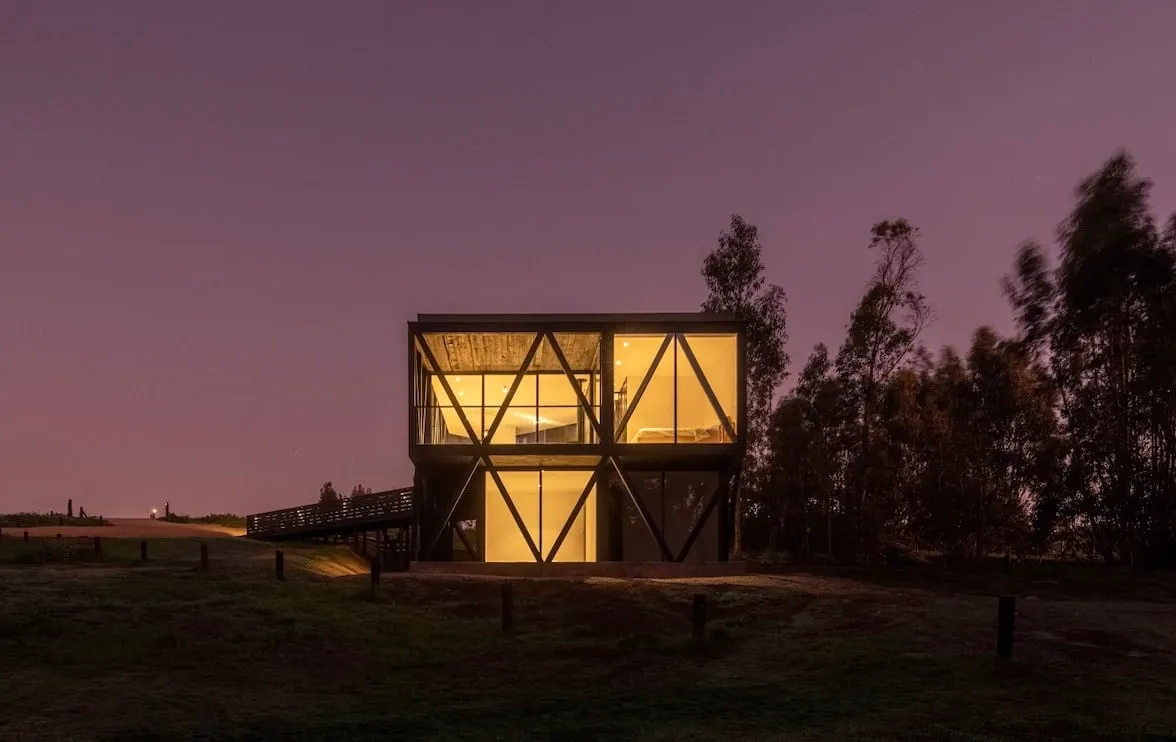 Morla House by Stanaćev Granados: Coast in Matanzas
Morla House by Stanaćev Granados: Coast in Matanzas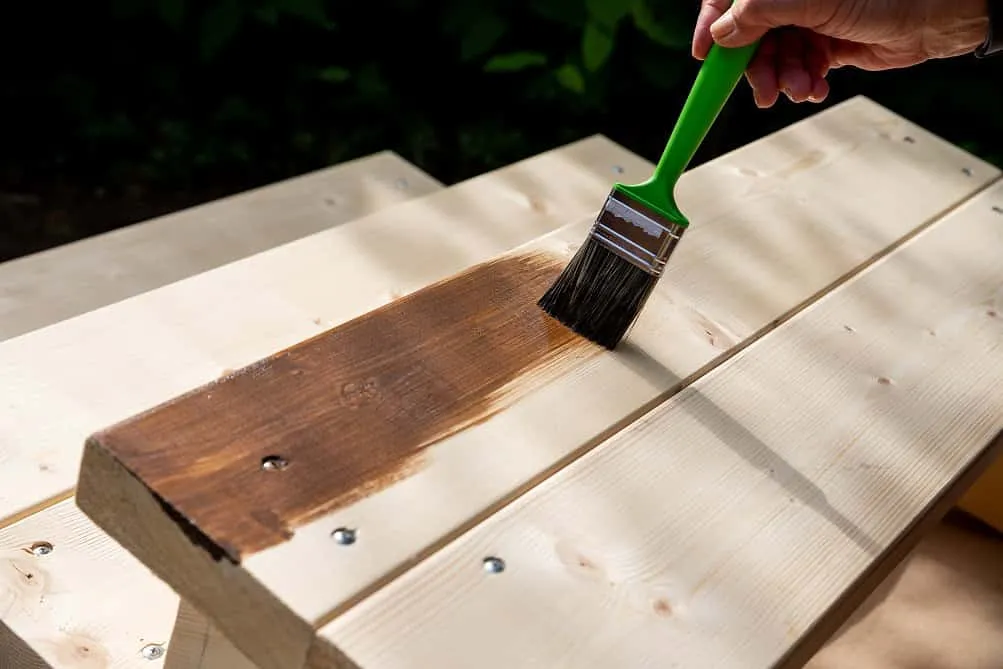 The Most Durable Paints for Wooden Projects
The Most Durable Paints for Wooden Projects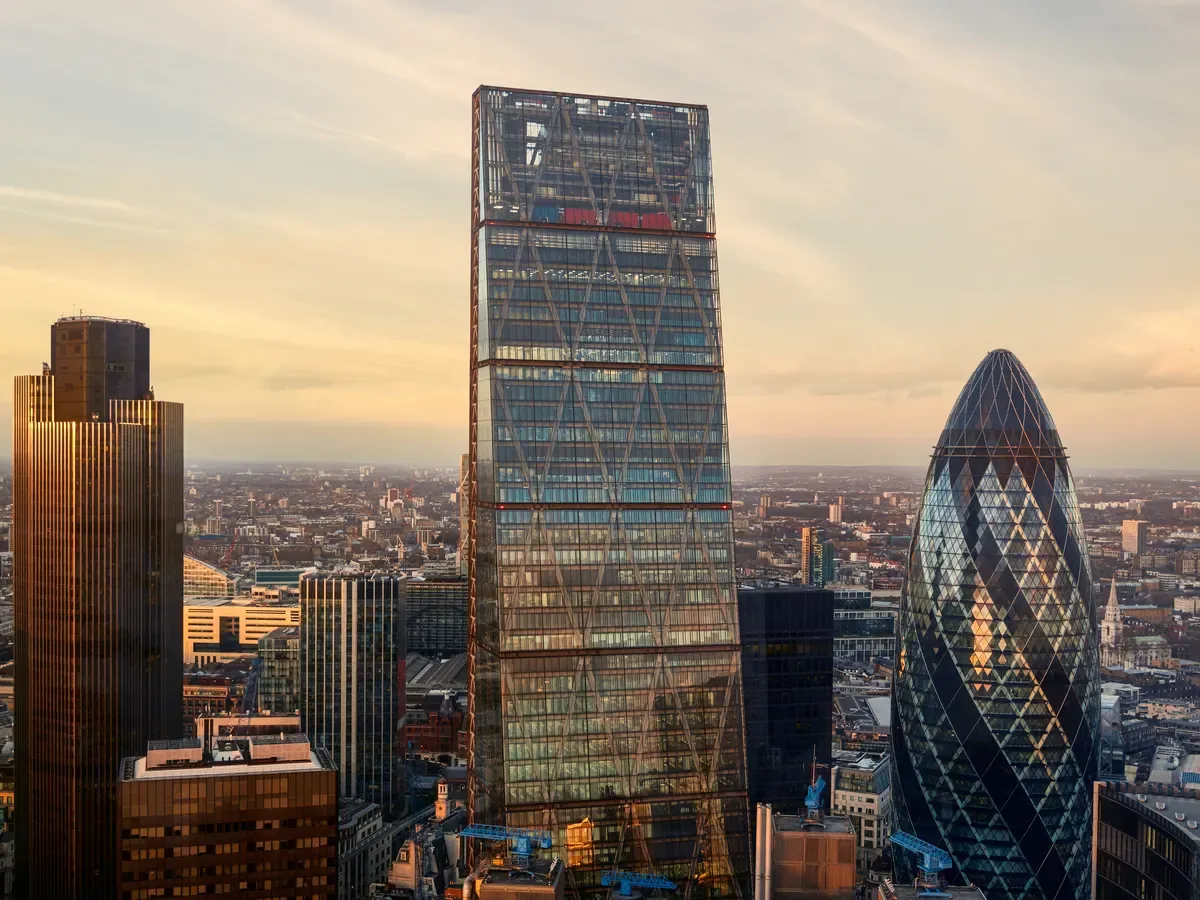 Most Famous Architectural Projects in London
Most Famous Architectural Projects in London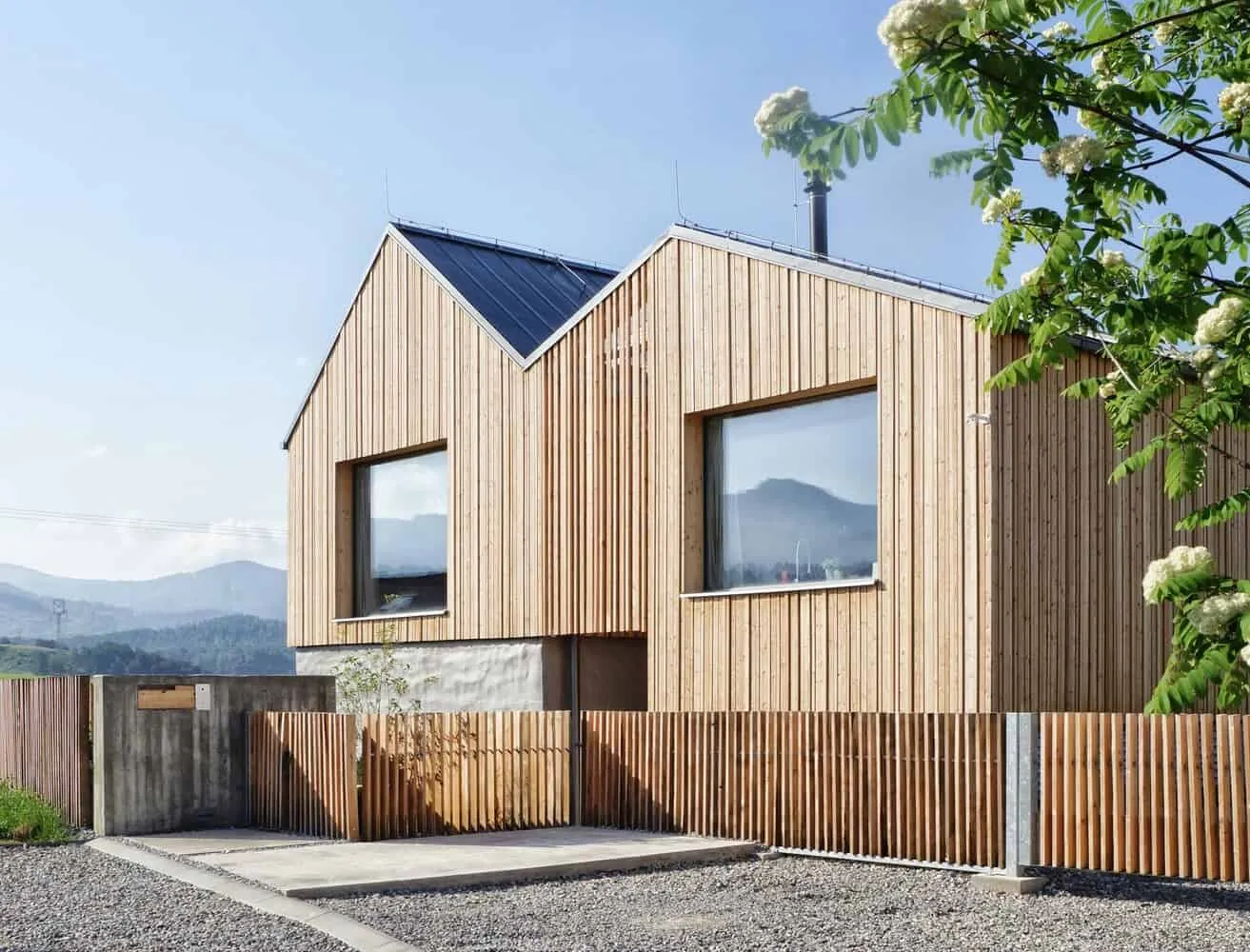 Mountain House by Archholiks in Mozyce, Slovakia
Mountain House by Archholiks in Mozyce, Slovakia Mountain Resort by Rowland + Broughton Architecture in Aspen, Colorado
Mountain Resort by Rowland + Broughton Architecture in Aspen, Colorado Relocations with Complex Access: When Stairs, Cranes, and Specialized Equipment Come Into Play
Relocations with Complex Access: When Stairs, Cranes, and Specialized Equipment Come Into Play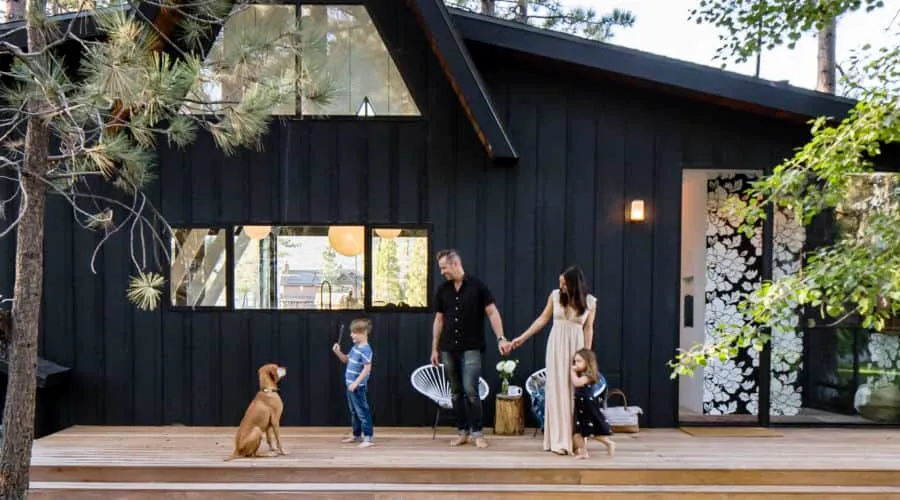 Relocation, Moving On: 6 Signs It's Time to Start Looking for a New Home
Relocation, Moving On: 6 Signs It's Time to Start Looking for a New Home